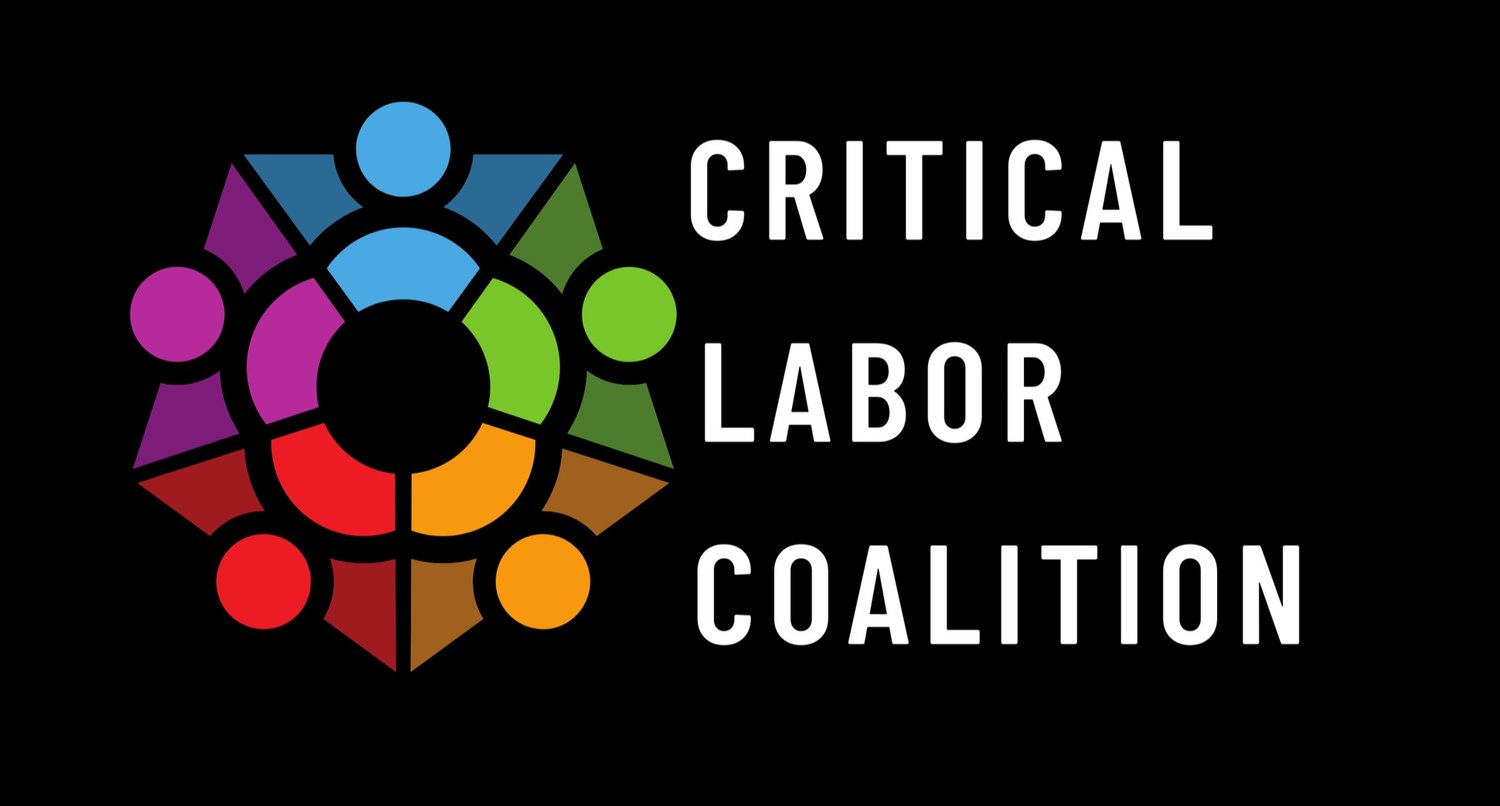webinars and presentations
-

LABOR SHORTAGES, MARKET DYNAMICS, AND CLC LEGISLATIVE PRIORITIES FOR 2025
YE ZHANG, Ph.D.
RESOLUTION ECONOMICS - SEPTEMBER 30, 2025Ye Zhang, Ph.D., highlights the persistent labor shortages and the policies needed to address them. With one job opening for every unemployed person, demographic shifts continue to constrain the domestic labor supply. Evidence shows the Work Opportunity Tax Credit (WOTC) effectively boosts employment for targeted groups, while immigration reforms and expanded work authorization are critical to meeting workforce demand. From Temporary Protected Status and CHNV parole to asylum work permits, immigrant workers play a vital role in sustaining growth, filling shortages, and strengthening communities.
-

RECENT IMMIGRATION POLICIES AND THEIR IMPACT ON THE WORKFORCE
LEIDY PEREZ, POLICY & COMMUNICATIONS DIRECTOR
WORKPERMITS.US - SEPTEMBER 2, 2025
Leidy Perez, Policy & Communications Director at WorkPermits.US, outlined recent immigration policy changes and their workforce impact. Key updates include legal challenges to the termination of Temporary Protected Status (TPS) for Venezuelans and Haitians, the expiration of the CHNV parole program, expansion of expedited removal, and use of the Aliens Enemies Act. A new rule permanently extending work permits by 540 days is also under review in Congress. These shifts come as the U.S. faces a persistent labor shortage, with immigrants playing a vital role in filling critical jobs across industries from technology to agriculture -

Immigration as a Solution to the Labor Shortage
CASSANDRA ZIMMER-WONG, IMMIGRATION POLICY ANALYST
NISKANEN CENTER - JUNE 17, 2025The Niskanen Center highlights how immigration can help address America’s shrinking workforce and millions of unfilled jobs in sectors like healthcare, agriculture, and construction. By modernizing legal pathways, immigration can replenish the labor force, fuel growth, and drive innovation—ensuring U.S. competitiveness for decades to come.
-

CHAMBER OF COMMERCE ECONOMIC UPDATE
CURTIS DUBAY, CHIEF ECONOMIST
U.S. CHAMBER OF COMMERCE - JUNE 2025Curtis Dubay, Chief Economist at the U.S. Chamber of Commerce, presented an update showing the economy’s resilience despite recent headwinds. Growth slowed in early 2025 due to tariffs but is rebounding, supported by strong consumer spending, rising wages outpacing inflation, and continued job openings exceeding available workers. Challenges remain—credit card debt is climbing, inflation is still above the Fed’s target, and the labor force is short by more than 2.5 million workers—but productivity gains and easing mortgage rates point to steady momentum ahead.
-

Understanding America’s Labor Market
STEPHANIE FERGUSON MELHORN, EXECUTIVE DIRECTOR, GLOBAL EMPLOYMENT POLICY & SPECIAL INITIATIVES
U.S. CHAMBER OF COMMERCE - MARCH 24, 2025Stephanie Ferguson Melhorn outlined the scale and persistence of America’s worker shortage. Even with every unemployed person hired, more than 700,000 jobs would remain unfilled, with 91 workers available for every 100 openings. Factors include excess retirements, record business starts, childcare challenges, and demographic decline. To respond, the Chamber is advancing solutions that expand childcare support, strengthen education and skills training, enhance apprenticeships, extend the Work Opportunity Tax Credit, and modernize immigration through its LIBERTY campaign—ensuring employers can meet workforce needs now and in the future.
-

Immigration in the employer community
MISTY CHALLY, EXECUTIVE DIRECTOR
CRITICAL LABOR COALITIONThe Critical Labor Coalition (CLC) emphasized immigration as a vital solution to the nation’s ongoing worker shortage. Since 2020, the U.S. has lost 1.4 million workers, and in 2025 seven in ten employers report difficulty filling jobs. Demographic shifts, record retirements, and new business growth are driving long-term labor pressures. The CLC warns that repealing programs like CHNV parole and TPS could remove over 1.6 million authorized workers, further straining industries such as healthcare, agriculture, hospitality, and construction. Without immigration-based workforce solutions, employers face destabilization, higher costs, and reduced competitiveness.




